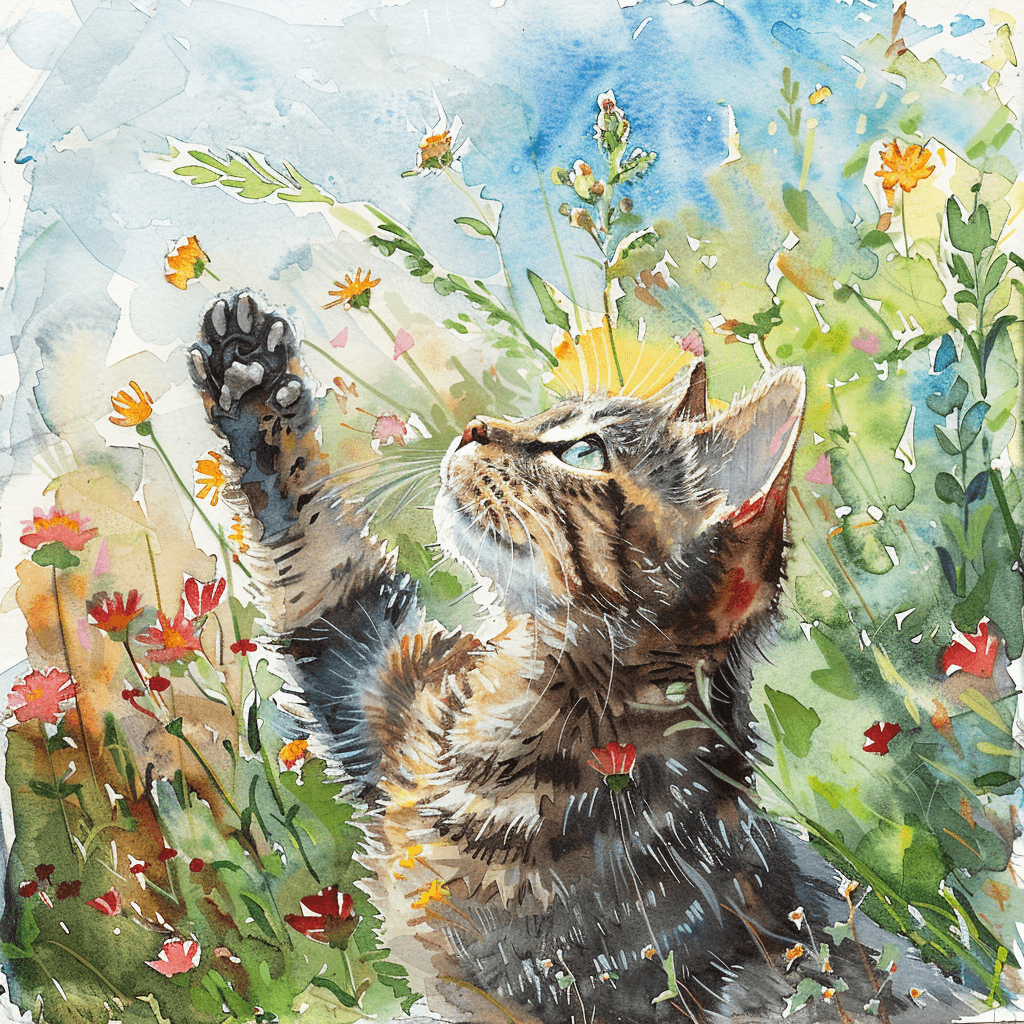Explore compassionate insights on when to euthanize a cat with stage 4 kidney disease. Understand the symptoms, care, and decision-making process for your beloved pet’s peaceful journey.
Deciding when to say goodbye to a beloved cat suffering from kidney disease is one of the hardest decisions a pet owner can make. It’s a topic that brings heartache but also calls for deep compassion and understanding. This guide aims to help you through this challenging time by providing you with the information you need to make informed, gentle decisions for your feline friend.
Understanding Kidney Disease in Cats
What is Kidney Disease in Cats?
Kidney disease, or renal failure, is a common condition that affects cats, especially as they age. The kidneys have a variety of functions, including filtering waste from the blood, balancing body fluids, and managing blood pressure. When the kidneys fail, toxins build up in the body, leading to severe health issues.
Recognizing Stage 4 Kidney Disease
Symptoms of Advanced Kidney Disease
In stage 4 kidney disease, the most advanced stage, symptoms can be severe and significantly impact a cat’s quality of life. Symptoms may include:
- Increased Thirst and Urination: As kidney function declines, cats may drink and urinate more frequently.
- Weight Loss and Decreased Appetite: Cats often lose weight and show less interest in food.
- Vomiting and Diarrhea: Toxin buildup can lead to gastrointestinal distress.
- Poor Coat Quality: A cat’s coat may become dull and unkempt.
- Lethargy: Increased toxins and imbalances may cause your cat to be less active.
When to Consider Euthanasia
Assessing Quality of Life
The decision to euthanize a pet often hinges on their quality of life. Ask yourself:
- Does my cat still enjoy its favorite activities?
- Is effective pain management possible?
- Can my cat eat and drink comfortably?
- Is my cat experiencing more bad days than good?
These questions can help guide your decision, focusing on the comfort and happiness of your pet.
The Role of Veterinary Advice
Consulting with a Professional
It’s crucial to work closely with your veterinarian to monitor your cat’s condition and discuss the best course of action. Vets can provide valuable insights into the progression of the disease and the effectiveness of potential treatments.
Emotional Considerations
Support for Pet Owners
Deciding to euthanize a pet is emotionally challenging. Seek support from friends, family, or professional counselors. Remember, choosing euthanasia is a compassionate decision to prevent suffering.
Practical Steps for Euthanasia
- Discuss with Your Vet: Have a detailed conversation about the process and what to expect.
- Plan for a Peaceful Goodbye: Consider whether you want to be present during euthanasia and how you wish to care for your pet’s remains.
- Comfort Your Pet: Spend quality time with your cat beforehand, offering favorite treats and gentle affection.
Additional Resources
For further reading and support, visit reputable sites such as:
Conclusion
Facing the end of a pet’s life is profoundly difficult, but being well-informed can help you make decisions that ensure peace and dignity for your beloved cat. Remember, you’re not alone in this journey, and seeking guidance from professionals and fellow pet lovers can provide comfort and support.
By preparing and educating ourselves on the tough decisions like when to consider euthanasia for a cat with stage 4 kidney disease, we can offer them the most loving and respectful farewell possible, ensuring their final days are as comfortable and loving as they can be.









